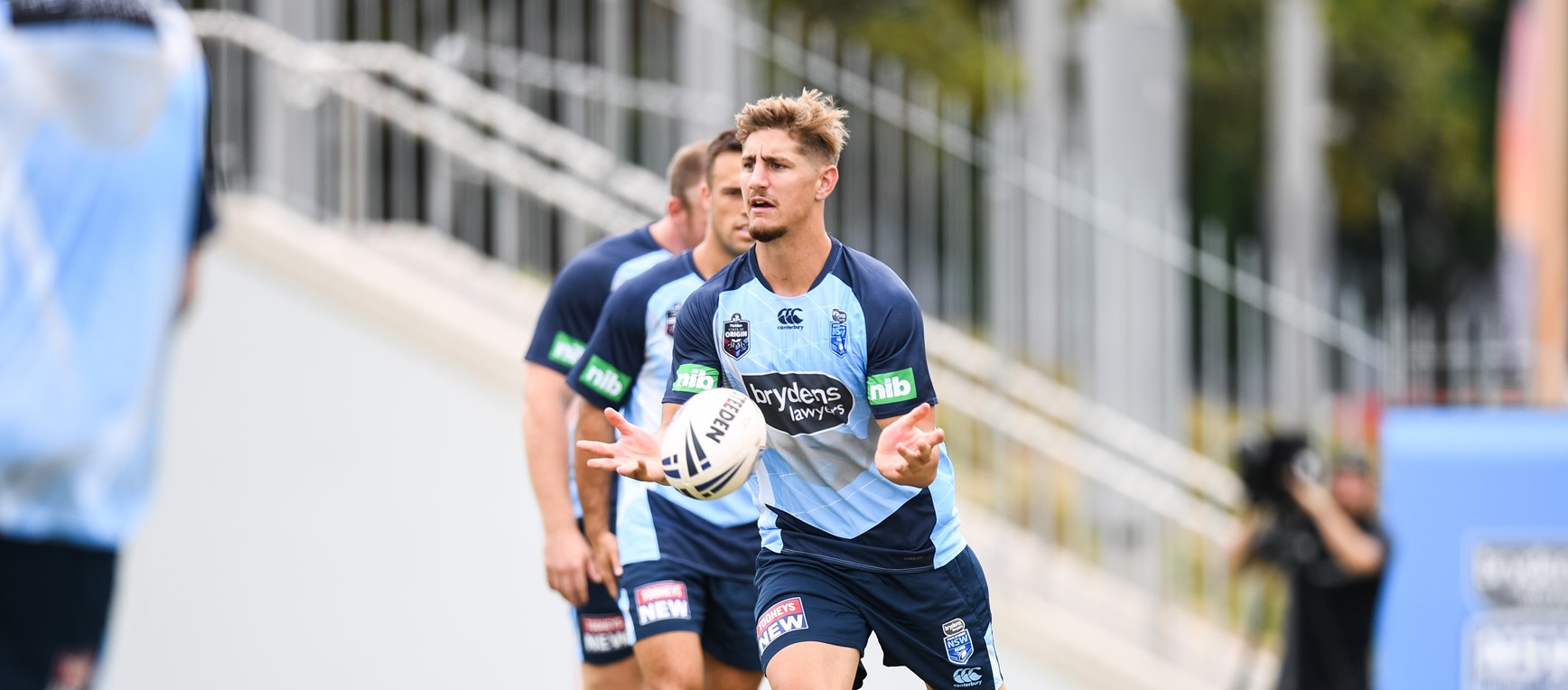NRL NEWS
NRL makes third-party agreements public
Author
Chris Kennedy NRL.com Reporter
Timestamp
Thu 13 Dec 2018, 10:01 PM
In a historic move, the NRL has made public the total value of each club's third-party agreements in a move it says will improve transparency and integrity of the code's contract process while dispelling misconceptions about how much clubs are relying on TPAs.
In 2018, the total value of cash and contra TPAs across the 16 clubs was $4.2 million – around 2.8% of the roughly $150 million cap – down from 3.5% in 2017 and expected to fall further in 2019 following the retirements of several highly marketable superstars.
On average, clubs benefited from $264,000 in TPAs, a figure boosted greatly by Melbourne (slightly more than $1 million) and Brisbane (almost $800,000).
Both clubs are one-team towns with strong corporate support while once-in-a-generation superstars in the twilight of their careers, like Cameron Smith and Billy Slater, boosted the Storm well above the average.
The Cowboys came in a distant third but are likely to drop significantly in 2019 following Johnathan Thurston's retirement while the Rabbitohs – a strong brand with a number of stars – were the only other club sitting above the average.
At the lower end, the Eels, Titans and Bulldogs netted barely $50,000 each through a combination of crowded marketplaces, poor on-field results and a dearth of highly marketable individuals.
The total 2018 TPA pool includes 205 agreements spread across 94 players but this does not include a large number of small non-cash deals – for example equipment like boots and headgear – that most NRL players have in some form.
NRL chief operating officer Nick Weeks hoped the move would settle misconceptions that exist among not just fans and media but even clubs as to what other clubs are getting.
"For the first time, fans, clubs and others will be able to see for themselves exactly the volume of third party agreements that exist in the game. We think that's a good thing," Weeks said.
"One of the challenges we've seen is some misconceptions in the game about volume of TPAs which has caused some clubs and others to make bad decisions around the salary cap rules."
Weeks did not specify any clubs but salary cap penalties to Parramatta in 2016 and Manly in 2018 are well-documented, with the implication being that those clubs believed other clubs were getting a significant leg-up and needed to find a way to bend the rules to play catch-up.
"We think being able to understand the proper picture will help clubs, agents and others," Weeks added.
"We think the data we have illustrates clearly the volume of third party agreements that exist across the game aren't as great as some people believe.
"This has been an area that has created a lot of attention among fans and the media, a lot of the debate around it is inaccurate so we think by providing more transparency and accurate information it will take some of the heat out of the debate and that will only improve our compliance with the salary cap rules."
Weeks confirmed there were no plans to extend the increased transparency to the point of making player salaries public.
For the first time, fans, clubs and others will be able to see for themselves exactly the volume of third party agreements that exist in the game.
Nick Weeks
The NRL is also adding a layer to the process of signing players, with clubs and agents now required to submit all formal letters of offer to the NRL rather than just the final contract once a player has signed.
"We think it's another tool in our armoury to help us monitor what's going on with contracting activities," Weeks explained.
"To the extent there are some contracts that are done which are unusual in terms of players accepting offers less than other clubs are offering, it allows us to see that.
"At the moment we don't see anything until the contract is lodged. We only ever see the deal that's done with the club the player goes to. What we'll see in the future is competing offers that are made to the player before he makes his decision."
For example if two clubs flagged letters of offer to the NRL for a player that were around $700,000, and the player instead accepted a deal at a third club worth just $500,000 with no registered TPAs, that would present a red flag.
The NRL gained the power under the latest collective bargaining agreement to access players' phone and bank records, meaning in the above example it could monitor any suspicious activity more thoroughly.
"We've tried to put in more checks and balances to help identify any non-compliance with the rules," Weeks said.
"What is also does is require clubs, agents and players to jump through more hoops before they register third party agreements or sign playing contracts.
"We've got access to bank accounts now… We're very careful about when we use those powers because they're very significant so we'd only use them when we have a strong suspicion there has been a breach of the rules."
https://www.nrl.com/news/2018/12/13...ents-public-and-strengthens-contract-process/







 5:30pm - 7:30pm
5:30pm - 7:30pm


